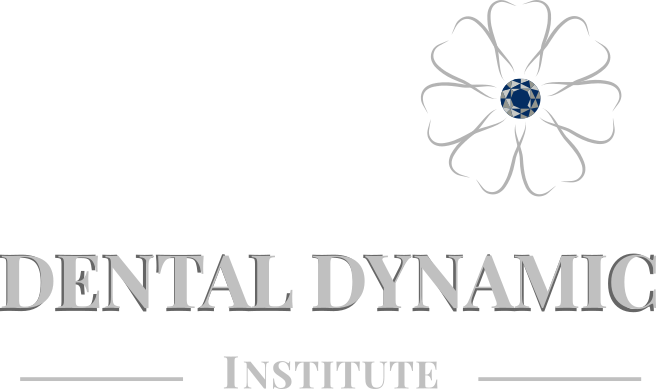Navigating Compliance and Regulations in Dental Offices: A Comprehensive Guide
Compliance with regulatory requirements is a top priority for dental offices to ensure patient safety, protect sensitive information, and maintain professional standards. However, navigating the complex landscape of regulations can be daunting for dental administrators. In this blog, we'll delve into essential compliance areas, including HIPAA, infection control, OSHA, and insurance billing guidelines. By providing practical insights and resources, we aim to empower dental administrators to navigate compliance challenges confidently and effectively.
Understanding HIPAA Compliance: HIPAA (Health Insurance Portability and Accountability Act) sets forth regulations to safeguard patients' protected health information (PHI). Dental administrators must ensure that their practices are HIPAA-compliant by implementing robust security measures, such as secure electronic health record systems, encrypted communications, and strict access controls. Regular staff training on HIPAA policies and procedures is essential to maintain compliance and prevent breaches that could result in hefty fines and reputational damage.
Implementing Effective Infection Control Protocols: Infection control is paramount in dental offices to prevent the spread of infectious diseases and ensure patient and staff safety. Dental administrators must stay abreast of guidelines from organizations like the CDC (Centers for Disease Control and Prevention) and ADA (American Dental Association) to develop and implement comprehensive infection control protocols. This includes proper sterilization of instruments, use of personal protective equipment (PPE), and adherence to standard precautions to minimize the risk of cross-contamination.
Adhering to OSHA Regulations: The Occupational Safety and Health Administration (OSHA) sets forth regulations to protect workers from occupational hazards, including those in dental settings. Dental administrators must ensure compliance with OSHA standards by providing a safe working environment, conducting regular hazard assessments, and implementing appropriate training programs on topics such as bloodborne pathogens, hazardous chemicals, and emergency preparedness. Ongoing monitoring and documentation of compliance efforts are essential to mitigate risks and ensure regulatory adherence.
Navigating Insurance Billing Guidelines: Accurate and compliant billing practices are essential for dental offices to receive timely reimbursement from insurance companies and maintain financial viability. Dental administrators must stay updated on insurance billing guidelines, including coding requirements, claim submission deadlines, and documentation standards. Implementing billing software with built-in compliance checks can help streamline the billing process and reduce the risk of errors or fraudulent claims. Regular audits and reviews of billing practices can identify areas for improvement and ensure compliance with industry standards.
Compliance with regulatory requirements is a multifaceted aspect of dental office management that requires ongoing attention and diligence. By understanding and adhering to regulations related to HIPAA, infection control, OSHA, and insurance billing, dental administrators can mitigate risks, protect patients, and staff, and maintain the integrity of their practices. Investing in robust compliance measures not only ensures regulatory adherence but also contributes to the overall success and reputation of the dental office in the community.
Top of Form
